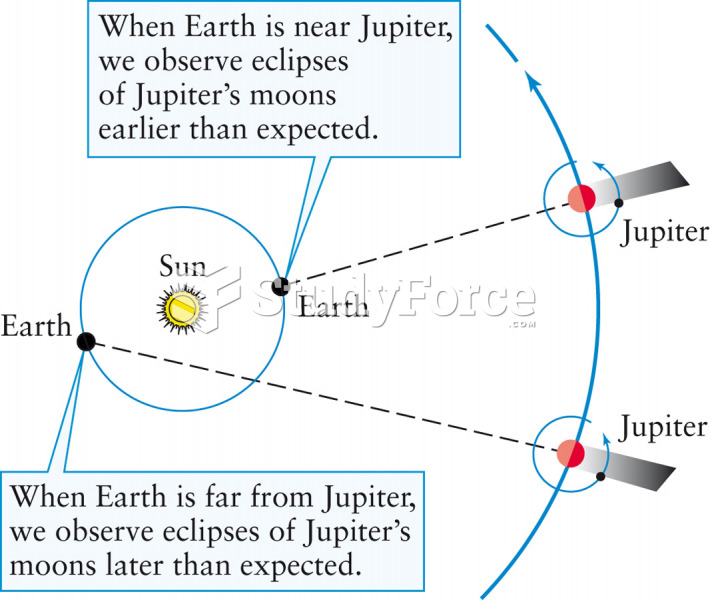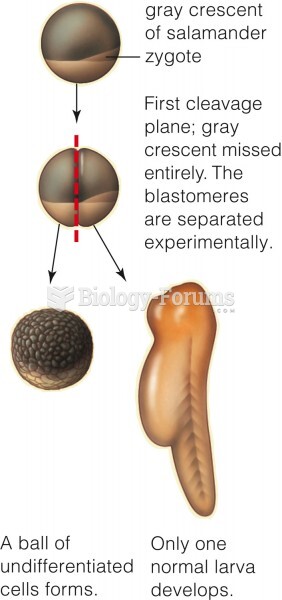Answer to Question 1
The Milankovitch hypothesis, which states that small changes in the shape of Earth's orbit and axis inclination, along with a subtle effect of precession, could combine to influence Earth's climate and cause ice ages.
Oceanographers drilled deep into the seafloor to collect long cores of sediment. In the laboratory, geologists could take samples from different depths in the cores and determine the age of the samples and the temperature of the oceans when they were deposited on the seafloor. From this, scientists constructed a history of ocean temperatures that convincingly matched the predictions of the Milankovitch hypothesis.
In 1997, a new study of the ages of the samples confirmed that those from the ocean floor were correctly dated. But the same study found that the ages of the Devils Hole samples were also correct. Evidently the temperatures at Devils Hole record local climate changes in the region that is now the southwestern United States. The ocean floor samples record global climate changes, and they fit well with the Milankovitch hypothesis.
Answer to Question 2
A pseudoscience is a set of beliefs that appears to include scientific ideas but fails to follow the most basic rules of science. A key characteristic of science is that its claims can be tested and verified. Astrology is probably the best-known pseudoscience. It has been tested over and over for centuries, and it simply does not work: It has been proven beyond any reasonable doubt that there is no connection between the positions of the Sun, Moon, and planets with people's personalities or events in their lives. Nevertheless, many people believe in astrology despite contradictory evidence. Many pseudosciences appeal to our need to understand and control the world around us.







